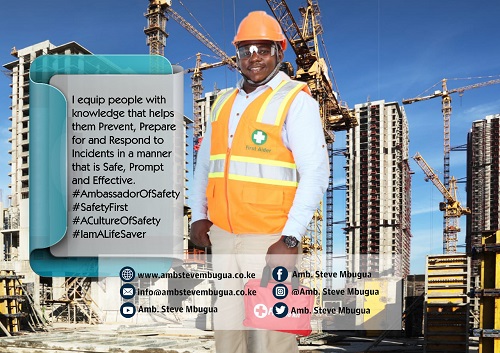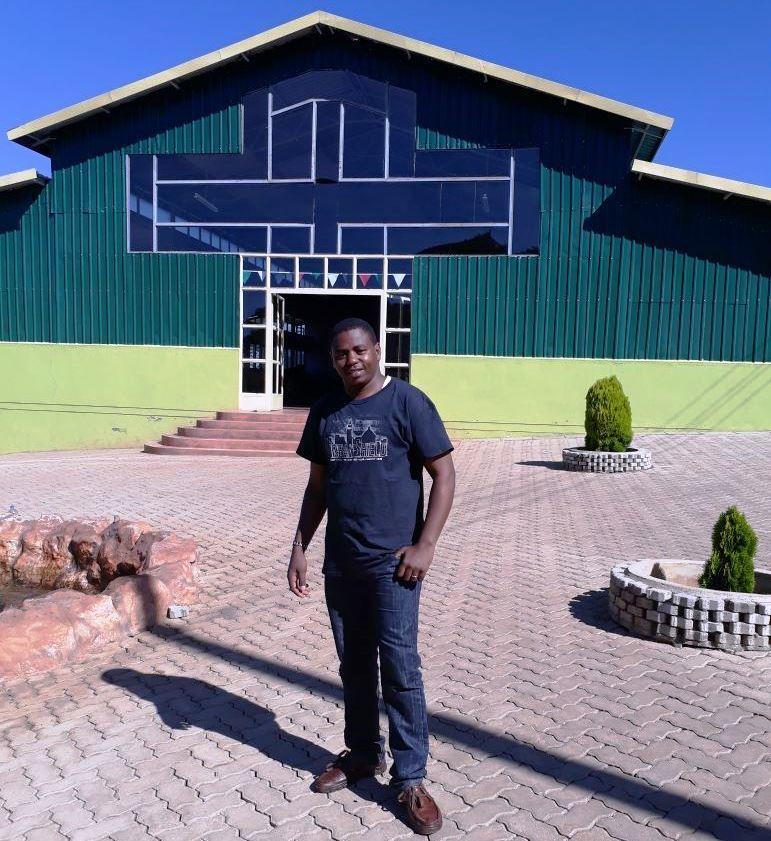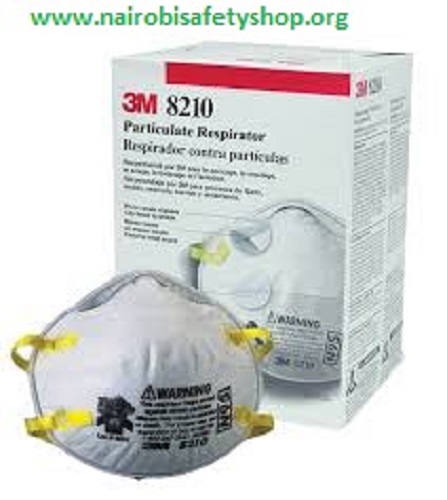Safety is not merely a set of guidelines but a culture that must be ingrained at all levels of society. As the Ambassador of Safety, my mission is to help build this culture through the provision of quality safety equipment and equipping individuals with the knowledge and skills necessary to prevent, prepare for, and respond to emergencies in a prompt, safe, and effective manner. This document aims to highlight the importance of embracing a culture of safety and making it a personal responsibility.
Table of Contents
Understanding the Culture of Safety
Definition and Importance
The Role of Individuals and Organizations
Key Components of a Safety Culture
Education and Training
Equipment and Resources
Policies and Procedures
Continuous Improvement
Benefits of a Safety Culture
Reduced Incidents and Accidents
Improved Employee Morale and Productivity
Legal and Regulatory Compliance
Enhanced Reputation and Trust
Implementing a Safety Culture
Leadership Commitment
Risk Assessment and Management
Communication and Reporting
Training and Development Programs
Monitoring and Evaluation
Personal Responsibility in Safety
Awareness and Vigilance
Adherence to Safety Protocols
Participation in Training and Drills
Reporting Unsafe Conditions and Behaviors
Role of Safety Equipment
Types of Safety Equipment
Proper Usage and Maintenance
Importance of Quality and Certification
Case Studies and Success Stories
Industry Examples
Lessons Learned
Conclusion
Recap of Key Points
Call to Action
1. Understanding the Culture of Safety
Definition and Importance
A culture of safety refers to the collective mindset and attitudes of individuals within an organization or community towards prioritizing safety in all activities. It encompasses the beliefs, values, and practices that emphasize the importance of safety in preventing accidents, injuries, and illnesses.
The Role of Individuals and Organizations
Both individuals and organizations play a crucial role in fostering a culture of safety. Organizations must provide the necessary resources, training, and policies, while individuals must take personal responsibility for their actions and behaviors.
2. Key Components of a Safety Culture
Education and Training
Education and training are foundational to building a safety culture. Continuous learning ensures that everyone is aware of the best practices and procedures to maintain safety.
Equipment and Resources
Having the right safety equipment and resources is essential. This includes Personal Protective Equipment (PPE), first aid kits, fire extinguishers, and emergency communication tools.
Policies and Procedures
Clear and comprehensive safety policies and procedures guide individuals on the expected behaviors and actions to maintain safety. These should be regularly reviewed and updated.
Continuous Improvement
A culture of safety is dynamic and requires ongoing assessment and improvement. This includes regular audits, feedback mechanisms, and adapting to new safety standards and technologies.
3. Benefits of a Safety Culture
Reduced Incidents and Accidents
A robust safety culture significantly reduces the occurrence of workplace incidents and accidents, leading to a safer environment for everyone.
Improved Employee Morale and Productivity
Employees feel valued and secure in a safe work environment, which boosts morale and productivity.
Legal and Regulatory Compliance
Adhering to safety regulations and standards helps organizations avoid legal penalties and ensures compliance with industry requirements.
Enhanced Reputation and Trust
Organizations known for their commitment to safety build trust and credibility with employees, customers, and stakeholders.
4. Implementing a Safety Culture
Leadership Commitment
Leadership must demonstrate a genuine commitment to safety by prioritizing it in their actions and decisions.
Risk Assessment and Management
Regular risk assessments help identify potential hazards and implement measures to mitigate them.
Communication and Reporting
Effective communication ensures that safety information is disseminated promptly and accurately. A robust reporting system encourages the reporting of unsafe conditions without fear of retribution.
Training and Development Programs
Ongoing training programs ensure that employees are up-to-date with the latest safety practices and technologies.
Monitoring and Evaluation
Continuous monitoring and evaluation of safety practices help identify areas for improvement and measure the effectiveness of safety initiatives.
5. Personal Responsibility in Safety
Awareness and Vigilance
Individuals must stay aware of their surroundings and remain vigilant for potential hazards.
Adherence to Safety Protocols
Strict adherence to established safety protocols is essential to prevent accidents and injuries.
Participation in Training and Drills
Active participation in safety training and emergency drills ensures preparedness for real-life emergencies.
Reporting Unsafe Conditions and Behaviors
Prompt reporting of unsafe conditions and behaviors helps address issues before they escalate into serious incidents.
6. Role of Safety Equipment
Types of Safety Equipment
Safety equipment includes PPE, safety harnesses, fire protection systems, and more.
Proper Usage and Maintenance
Proper usage and regular maintenance of safety equipment ensure its effectiveness in preventing accidents.
Importance of Quality and Certification
Using certified and high-quality safety equipment guarantees reliability and compliance with safety standards.
7. Case Studies and Success Stories
Industry Examples
Case studies from various industries demonstrate the positive impact of a strong safety culture on reducing incidents and improving overall safety.
Lessons Learned
Analyzing success stories and lessons learned from other organizations helps identify best practices and strategies for implementing a safety culture.
8. Conclusion
Recap of Key Points
A culture of safety is essential for preventing accidents and ensuring the well-being of individuals. It requires commitment from both organizations and individuals, continuous education, proper equipment, and a proactive approach to safety.
Everyone has a role to play in fostering a culture of safety. By making safety a personal responsibility, we can create safer environments for ourselves and future generations. Let’s commit to embracing a culture of safety today.
For more information on safety equipment and training, please visit Nairobi Safety Shop and Makinika Afrika International. Follow us on social media for the latest updates and tips on safety.
You can also email info@ambstevembugua.co.ke or whatsapp +254724036078
READ MORE
Building A Culture Of Safety
Safety Culture Video on You Tube



















